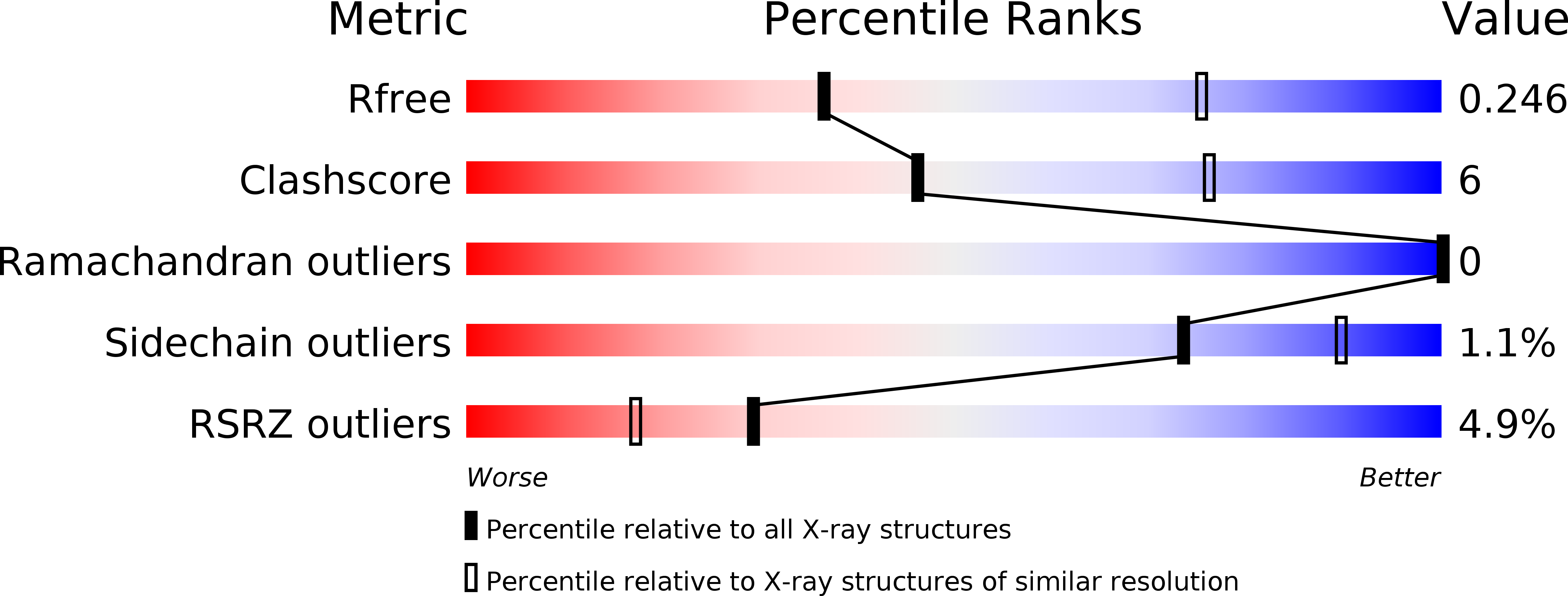
Deposition Date
2015-11-18
Release Date
2015-12-30
Last Version Date
2023-09-27
Entry Detail
PDB ID:
5EUH
Keywords:
Title:
Crystal structure of the c-di-GMP-bound GGDEF domain of P. fluorescens GcbC
Biological Source:
Source Organism:
Pseudomonas fluorescens (strain Pf0-1) (Taxon ID: 205922)
Host Organism:
Method Details:
Experimental Method:
Resolution:
2.99 Å
R-Value Free:
0.24
R-Value Work:
0.22
R-Value Observed:
0.22
Space Group:
P 62


